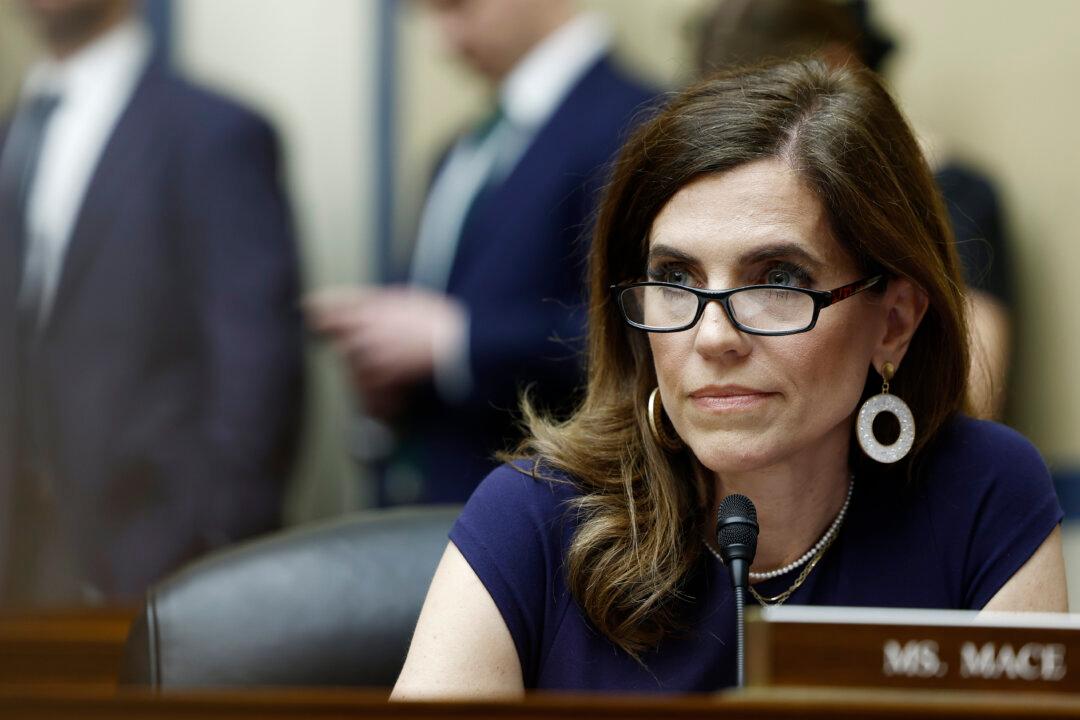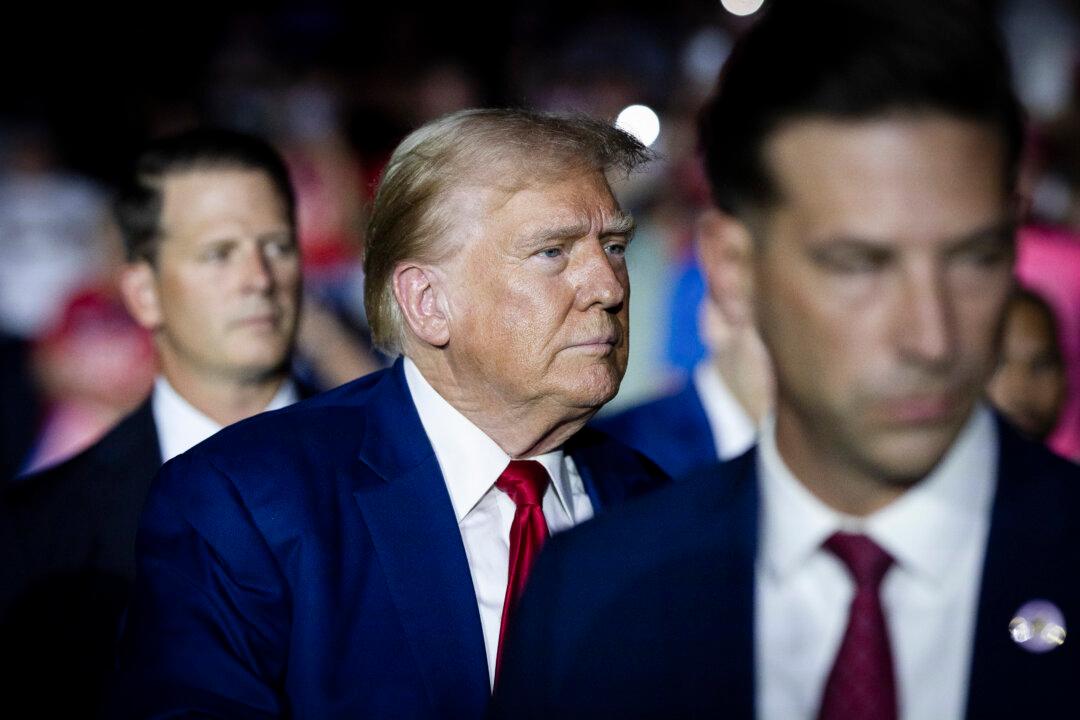1928: First TV Station Inauguration: General Electric opens the first TV station in Schenectady, N.Y. General Electric built and distributed television sets; the screens were less then five square inches. The station, present day WRGB (Channel 6), was licensed for experimental television only; commercials were not even allowed. By the end of the year, over 15 stations were licensed for broadcasting.
1940: Second Season of New York World Fair Opens: New York World’s Fair reopens after an extremely popular 1939 season, which drew exhibitors and visitors from around the world. The fair displayed inventions representing the dawn of a new age, like air conditioning, color photography, and nylon. There was also an introduction to the fluorescent light. Over 44 million people attended during its two seasons. President Franklin Delano Roosevelt and Albert Einstein spoke and attended the fair. The New York Parks Commission required the Fair Corporation to build a new park for the fair, which the city of New York would inherit when the fair was over: the 1,216.5 acres developed for the fair included present day Flushing Meadows Corona Park and the Queens Zoo. In 1940, the start of World War II combined with financial difficulties caused the fair to close.
2003: New York Times Publishes Report About Writers Fabrication: Jayson Blair, a reporter for the New York Times, was discovered to have plagiarized and fabricated information for many of his stories. He repeatedly made up comments, lied about being places that he wasn’t, and stole large amounts of content from multiple media sources. The Times conducted an extensive internal investigation into all of his articles written for them, and on May 11, 2003, published a 14,420-word explanation called “CORRECTING THE RECORD” about what they had found about the events leading up to the controversy through the investigation. This situation caused the entire profession to re-examine themselves, especially the New York Times.
1940: Second Season of New York World Fair Opens: New York World’s Fair reopens after an extremely popular 1939 season, which drew exhibitors and visitors from around the world. The fair displayed inventions representing the dawn of a new age, like air conditioning, color photography, and nylon. There was also an introduction to the fluorescent light. Over 44 million people attended during its two seasons. President Franklin Delano Roosevelt and Albert Einstein spoke and attended the fair. The New York Parks Commission required the Fair Corporation to build a new park for the fair, which the city of New York would inherit when the fair was over: the 1,216.5 acres developed for the fair included present day Flushing Meadows Corona Park and the Queens Zoo. In 1940, the start of World War II combined with financial difficulties caused the fair to close.
2003: New York Times Publishes Report About Writers Fabrication: Jayson Blair, a reporter for the New York Times, was discovered to have plagiarized and fabricated information for many of his stories. He repeatedly made up comments, lied about being places that he wasn’t, and stole large amounts of content from multiple media sources. The Times conducted an extensive internal investigation into all of his articles written for them, and on May 11, 2003, published a 14,420-word explanation called “CORRECTING THE RECORD” about what they had found about the events leading up to the controversy through the investigation. This situation caused the entire profession to re-examine themselves, especially the New York Times.




